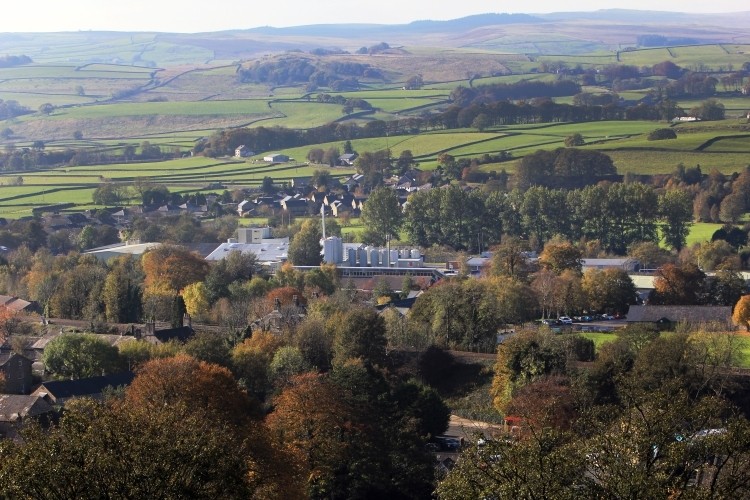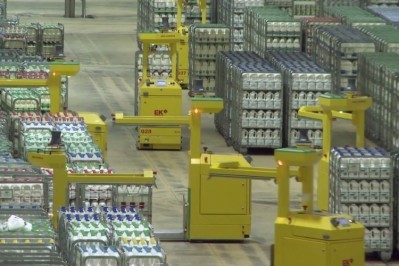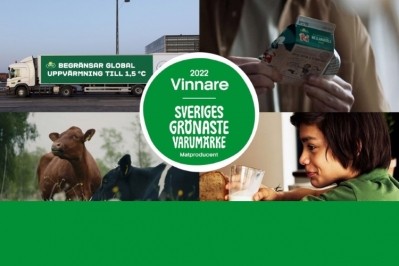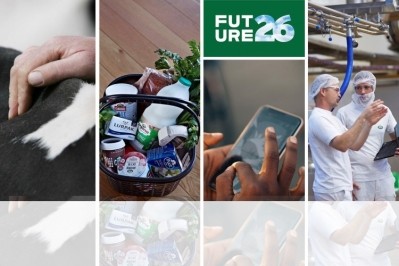Arla doubles emissions target

The new target has been approved by the Science Based Targets initiative (SBTi) as consistent with reductions required to keep global warming to 1.5°C.
The new targets mean the farmer-owned cooperative is more than doubling its scope one and two emissions reductions, having achieved a 24% reduction since 2015. To help reach the 63% target Arla said it will continue to invest in sustainability actions and plans to increase total investments by 40% to more than €4bn ($4.5bn) over the next five-year period. This investment will help fund the activities required to deliver the 63% CO2 reduction to meet Arla’s new 1.5 pathway.
To meet the goals, the cooperative is set to convert its fleet of milk tankers and distribution trucks to fossil-free solutions through biodiesel, biogas and electric vehicles.
Arla said it will also work with customers and farmers to reduce total mileage across the company through optimized route planning for milk tankers, and there will be increased engagement with logistics suppliers to help reducing their CO2 emissions as well.
Arla said it will convert to 100% green electricity in Europe through green power purchase agreements and investment in wind and solar projects complemented with purchased guarantees of origin for electricity produced on Arla farms.
It also plans to reduce energy consumption through investments in low-energy solutions across its dairy sites, for example heat recovery solutions including heat pumps, electrification of boilers and general optimization of electrically-powered equipment.
Ash Amirahmadi, MD of Arla Foods UK, said, “Arla is one of only 59 food and beverage processors globally and one of the first farmer-owned dairy cooperatives in the world to have a 1.5°C target approved by the Science Based Targets initiative.”
While the SBTi has classified Arla’s new 63% target for scope 1 and 2 as consistent with a 1.5°C trajectory, the existing 30% target for scope 3, covering among other things the Arla farms, continues to meet the SBTi’s criteria for ambitious value chain goals in line with current best practice.
Scope 1 emissions refer to activities under the company’s direct control. They include transport with Arla’s vehicles, and emissions from Arla’s production facilities. Scope 2 emissions are the indirect emissions caused by the energy that Arla purchases, e.g. electricity, steam, heating or cooling; while Scope 3 emissions are from purchased goods and services (e.g. raw milk from farmers and packaging materials), extraction and production of fuels, external transport and treatment of waste from Arla sites.
The SBTi is expected to launch a new sector guidance in 2022 for Forest, Land and Agriculture with more detailed requirements for setting science-based targets than previously available for companies in land-intensive sectors.
Hanne Søndergaard, executive vice president with responsibility of agriculture and sustainability at Arla Foods, said, “Our ambition is to be in line with a 1.5°C trajectory in all three scopes of our value chain when it becomes possible. We will therefore review the SBTi’s new sector guidance when it’s released to see whether any changes to our current plans will be required.”
In working towards a 30% CO2e reduction per tonne of standardized raw milk and whey intake Arla farmers have reduced emissions by 7% since 2015 and with more than 90% of Arla farmers participating in carbon footprint reporting, the company said its data show they produce milk with around half the emissions of milk produced globally.








